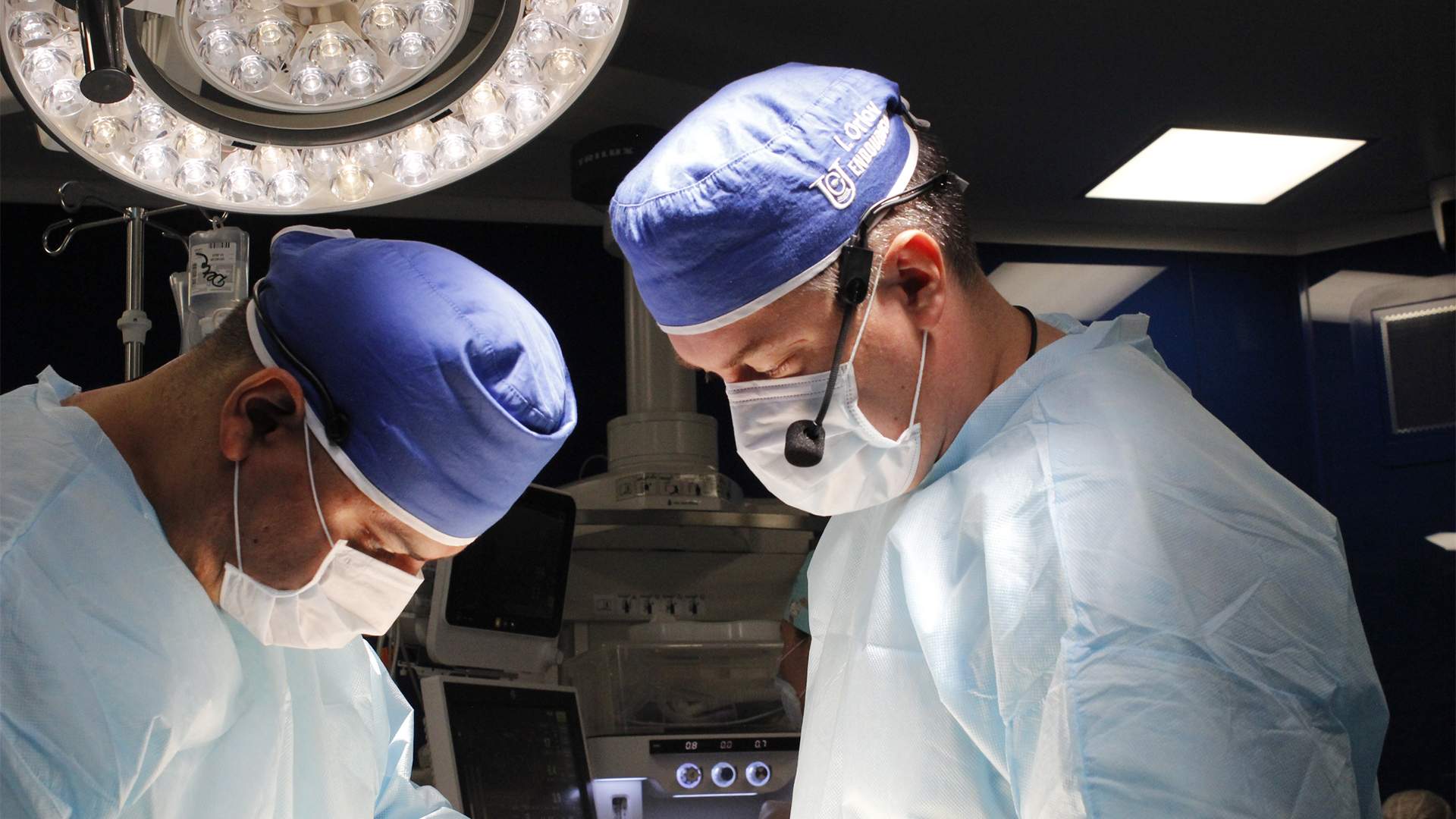Emergency Opinion: AI will track patients in the ICU

Russian developers present the country's first digital resuscitation. This is a hardware and software complex that includes a machine vision system, video surveillance and intelligent video analytics. The software will reduce the burden on medical personnel, the manufacturers are confident. Experts note that such programs will improve safety in intensive care units.
What is digital resuscitation
In Moscow within the framework of the Russian Healthcare Week, which will be held from December 2 to 6 in Expocentre, the latest development in the field of digital medicine will be presented. We are talking about digital resuscitation, which is undergoing its first tests in hospitals in the Russian Federation.
As the developers told Izvestia, this is a new generation resuscitation with advanced solutions, providing round-the-clock comprehensive monitoring of patients' condition, which affects not only their safety, but in many cases saves lives.
Also, as the manufacturers claim, thanks to technical digital solutions, the risks associated with the human factor are minimized. The hardware and software complex includes monitors, cameras, software, processors, control units, cables, plus the archive itself and server racks.
As the developers explained, at the moment there is no centralized video surveillance, video archive and special software in intensive care units. Moreover, we are talking not only about video recordings of surveillance cameras, but also about data from bedside equipment: bedside monitors, infusion machines, and ventilators.
- We are creating a digital resuscitation, which combines intelligent video analytics and process automation, including document management in the intensive care unit (ICU)," Grigory Bayburtyan, MVS Product Director, told Izvestia.
The solution is based on a digital platform with AI, which allows integrating various services to improve safety and efficiency of medical personnel. For example, the developers have implemented intelligent video analytics. This service uses machine vision to monitor the condition of patients, notifying the staff of alarming events and the need to visit the patient.Integration with the resuscitation and anesthesia system (RAIS) is also implemented, which provides centralized access to electronic document flow: appointment sheets, intensive care card and drug therapy management.
- Our goal is to create a unified digital space that will help medical professionals focus on the patient, reducing the administrative burden and improving the quality of care," said the specialist.
Launch of digital resuscitation
The first launch of digital resuscitation will take place in St. Petersburg in early December 2024 in the State Budgetary Institution "City Hospital of St. George the Great Martyr". It will be implemented in the intensive care unit for cardiac patients. In the future, the practice is planned to be extended to other hospitals in Russia.
- We have seven digital operating rooms of different profiles, they are also called smart operating rooms. Everywhere we keep synchronized video recordings of operations from all connected devices. Digital resuscitation is a continuation of the digitalization of surgical processes. It is quite logical that the next step is to digitize intensive care units and intensive care wards," said Igor Orlov, Deputy Chief Medical Officer of St. Luke's Clinical Hospital in St. Petersburg Igor Orlov, who also plans to test the innovation.
Such a complex will definitely increase the speed of work of doctors and nurses, said Anton Averyanov, CEO of ST IT Group, expert of the TechNet NTI market.
- For example, earlier, if a patient got out of bed or changed position, the staff might not even notice it, but now a notification about an extraordinary event will be sent immediately to the phone and a record will be made with the help of electronic document management. This will help to reduce the response time, reduce the burden on doctors, - said the expert.
Thereare practically no processes and tasks left in healthcare where AI has not started to be used to some extent, said Alexander Gusev, development director of Webiomed (a member of the HealthNet STI market).
In Russia, AI is most often used to analyze medical images and reduce diagnostic errors, as well as in decision support systems for assessing patient risks, automating the analysis of electronic medical records, and in making a preliminary diagnosis.
- AI can partially automate research and compensate for the shortage of qualified specialists, quickly processing large volumes of medical data such as medical history, laboratory test results and radiological examinations, identifying pathologies and symptoms of diseases that may not be visible to a physician.Traditional risk assessment scales and algorithms can provide accuracy ranging from 60 to 80%, depending on the specific instrument and the condition being diagnosed. Machine learning models can increase the accuracy of the formed predictions up to 90%, and in some cases-up to 95%, - commented the expert.
As for digital resuscitation, the nearest plans for the product development include the possibility for patients to communicate with their relatives using a videoconference service, the developers said.
Переведено сервисом «Яндекс Переводчик»




